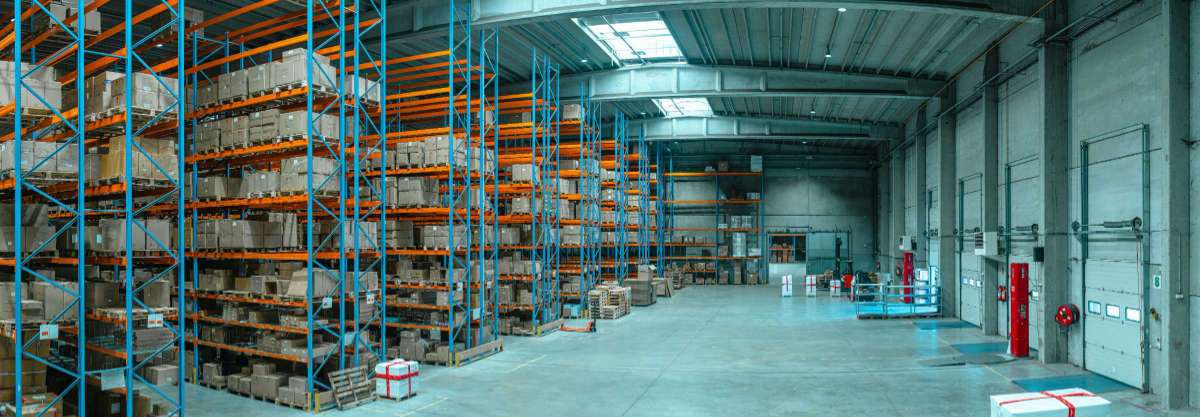How Blockchain is Driving the Future of Cross-Border Payments and Remittances

7 min read
14 Nov 2025
Cross-border payments and remittances are essential components of the global financial system, facilitating transactions between individuals and businesses across different countries. Traditional methods of cross-border payments are often slow, costly, and complex, involving multiple intermediaries and currency conversions. Blockchain technology offers a transformative solution to these challenges, driving the future of cross-border payments and remittances with increased speed, transparency, and efficiency.
One of the primary advantages of blockchain in cross-border payments is the ability to reduce transaction costs. Traditional cross-border payment systems typically involve multiple financial institutions, each charging fees for processing and currency conversion. Blockchain eliminates the need for intermediaries by providing a direct peer-to-peer network for transferring funds. This reduction in intermediaries can significantly lower transaction fees and make cross-border payments more cost-effective, especially for small and medium-sized transactions.
Blockchain technology also enhances the speed and efficiency of cross-border payments. Traditional payment systems can take several days to process international transactions due to the involvement of multiple banks and clearinghouses. In contrast, blockchain enables near-instantaneous transfers by leveraging its decentralized ledger to validate and settle transactions in real-time. This rapid processing reduces the time required for cross-border payments, making it possible for individuals and businesses to receive funds almost instantly, regardless of geographical location.
Transparency and security are additional benefits of blockchain for cross-border payments. Blockchain’s immutable ledger ensures that all transaction details are recorded transparently and cannot be altered. This transparency allows both senders and receivers to track and verify the status of their payments throughout the transaction process. Furthermore, blockchain’s cryptographic algorithms provide a high level of security, protecting transactions from fraud and unauthorized access. This enhanced security is particularly valuable for cross-border payments, where trust and reliability are paramount.
Remittances, or the transfer of money from individuals working abroad to their families in their home countries, can benefit significantly from blockchain technology. Traditional remittance services often involve high fees and unfavorable exchange rates, impacting the amount of money that reaches the recipient. Blockchain-based remittance platforms can offer lower fees and more favorable exchange rates by bypassing traditional financial intermediaries. This cost savings can have a substantial impact on recipients, improving their financial well-being and providing more value from each remittance.
Despite its advantages, implementing blockchain for cross-border payments and remittances faces challenges such as regulatory compliance, scalability, and interoperability. Different countries have varying regulations concerning cryptocurrency and blockchain transactions, and ensuring compliance with these regulations is crucial for the successful adoption of blockchain-based payment systems. Additionally, scalability concerns must be addressed to handle a high volume of transactions efficiently. Interoperability between different blockchain networks and traditional financial systems is also essential for creating a seamless and integrated payment experience.
In conclusion, blockchain technology is poised to revolutionize cross-border payments and remittances by offering faster, cheaper, and more secure transactions. By reducing costs, increasing speed, and enhancing transparency, blockchain addresses many of the limitations of traditional payment systems. As the technology continues to evolve and gain adoption, its impact on the future of cross-border payments is likely to grow, driving innovation and improving financial inclusion on a global scale.

The AR Breakthrough That Will Make Blockchain Transactions Simpler Than Ever!
6 min read | 15 Nov 2025
How AI Is Making Blockchain Smarter and Safer – The Inside Scoop!
6 min read | 14 Nov 2025
The Big Tech Twist: How VR Is Set to Disrupt Blockchain Like Never Before!
7 min read | 13 Nov 2025
Unlocking the Power of AR: How Augmented Reality Is Set to Revolutionize Blockchain!
6 min read | 12 Nov 2025More Articles

Geospatial Technology: Mapping the Future
7 min read | 26 Sep 2025

Fleet Management: The Secret to Efficient Operations
4 min read | 25 Sep 2025

Logistics Technology: The Innovations You Can't Afford to Ignore
6 min read | 24 Sep 2025

Digital Supply Chain: The Future of Logistics and Distribution
6 min read | 23 Sep 2025
More Articles

NFTs: Beyond Digital Art - The Tokenization Revolution
6 min read | 03 Oct 2025

The Metaverse Beckons: How Blockchain Will Shape Virtual Worlds
4 min read | 02 Oct 2025

The Rise of Web3: Decentralized Internet on the Blockchain
4 min read | 01 Oct 2025

Blockchain and the Future of Jobs: How Automation Will Reshape the Workforce
4 min read | 30 Sep 2025
